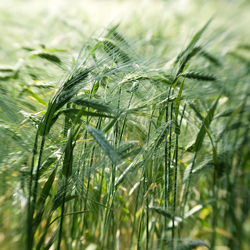INTERCROP: mixing crops for better results
As the popularity of organic produce continues to skyrocket, Europe's farmers are struggling to keep up with the demand. The LIFE QUALITY Programme funded an investigation of the potential of intercropping to boost crop yields and quality. Intercropping involves planting two or more crops in the same field at the same time. Experiments were performed at farms in four different European countries during the project, which was aptly named INTERCROP. Scientists with the Department of Agriculture at the University of Reading in the United Kingdom were responsible for evaluating the results from an economic perspective. INTERCROP focused on the simultaneous cultivation of cereal crops and grain legumes. The University of Reading found that mixing peas with barley used for malting was not likely to be cost effective. This was attributed to the undesirable increase in the nitrogen content of the barley as well as the added costs associated with admixture and cleaning. On the other hand, the British researchers concluded that intercropping helped boost the market value of wheat used in breadmaking by two to five percent. The cost of crop separation was not incorporated, but was not expected to significantly alter the financial attractiveness of this combination. The University of Reading is available to provide guidance regarding the financial feasibility of different intercropping combinations for various types of farms.



